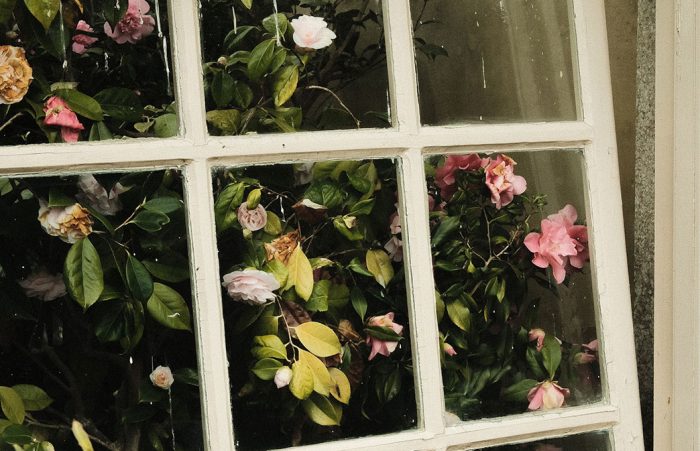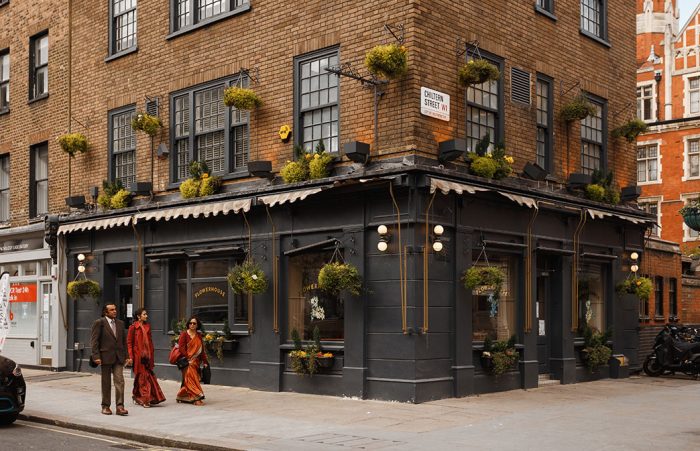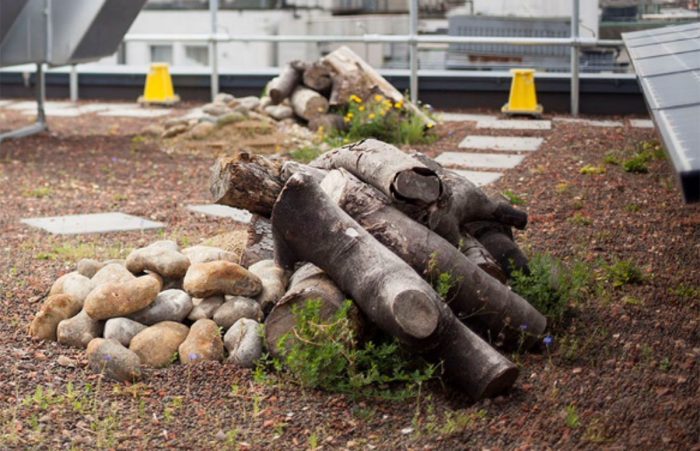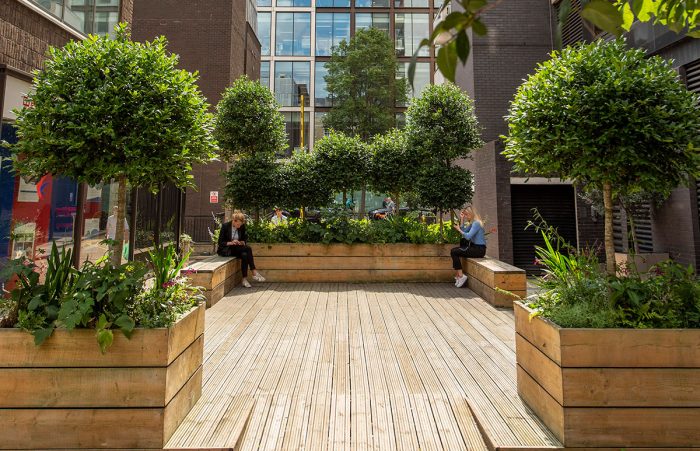Urban Greening Ideas
Planting types and mix
Choosing the right plants is essential to the success of an urban greening project. Planting can be used to convey a range of messages through visual representation, convey your brand and be attractive and welcoming. However, to support biodiversity and environmental net-gain, approaches should continue to shift away from planting based solely on aesthetics to planting that provides a good food source for pollinators throughout the seasons as well as year-round interest and enjoyment for people. This will not only benefit pollinators but will also contribute to the overall resilience of cities. For advice on what species to plant, the London Borough of Westminster’s Biodiversity Action Plan includes advice on target species and habitats for central London, which can be found here. The Royal Horticultural Society also has some specific advice on which species of flowers to include to attract pollinators which can be found here.
-
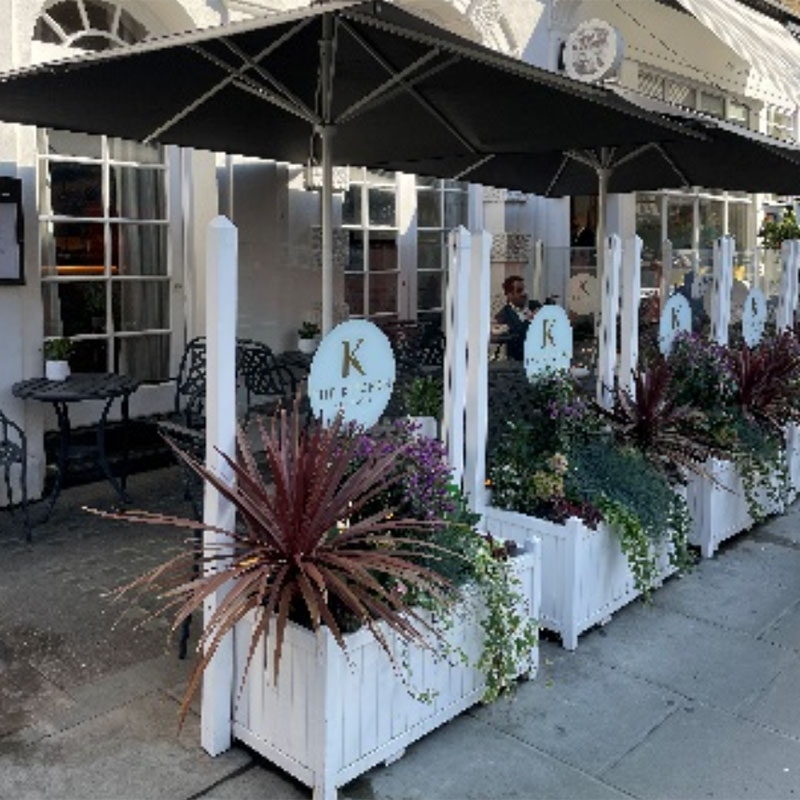
Branding & Marketing
Planter design and colour can harmonise with the design of individual shop fronts or building facades to promote a businesses’ brand and identity.
-
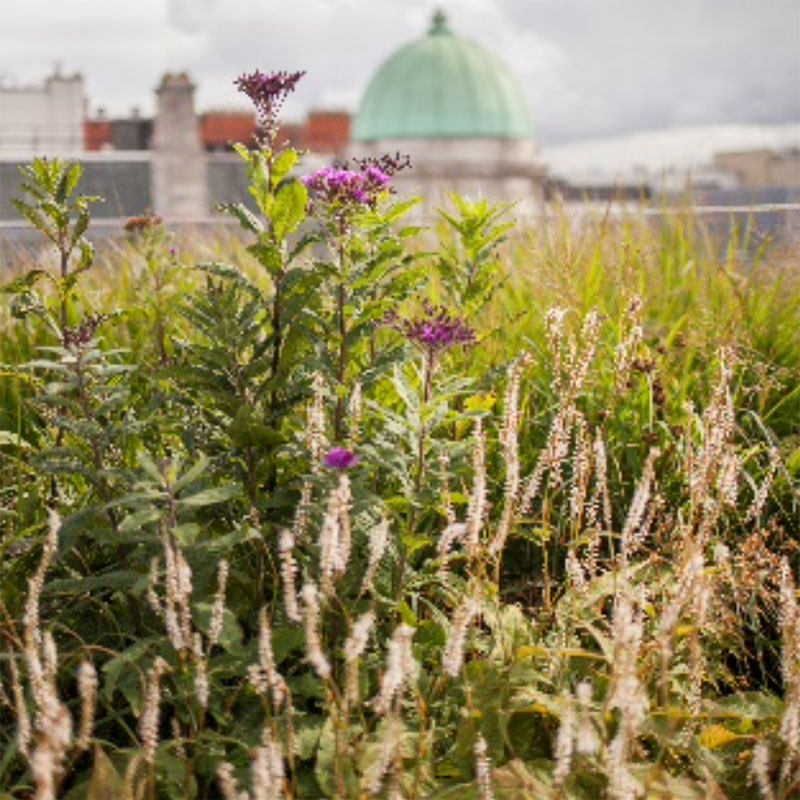
Wildlife
Many of our native wildlife species have evolved alongside our native plant species. Whilst a range of non-native garden plants are indeed of value to wildlife, it is important to include with a range of native or naturalised plant species alongside them.
-
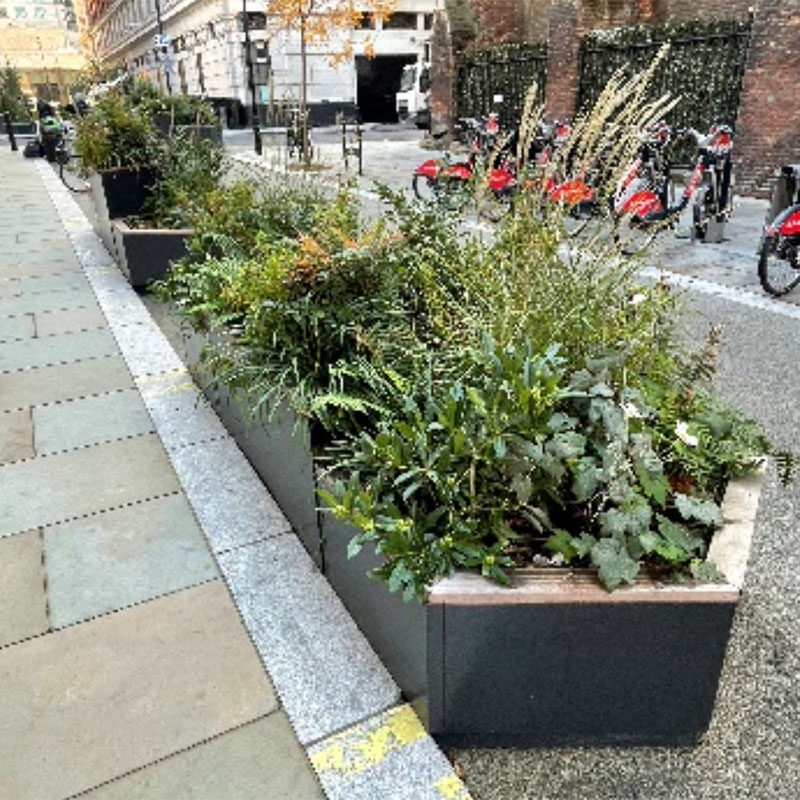
Urban Environments
Urban environments (particularly roofs) often create harsh conditions for planting and make it difficult for many species to thrive. It is important to select plants that can withstand or adapt to drought or flooding, as well as our changing climate. This will also reduce maintenance costs.
-
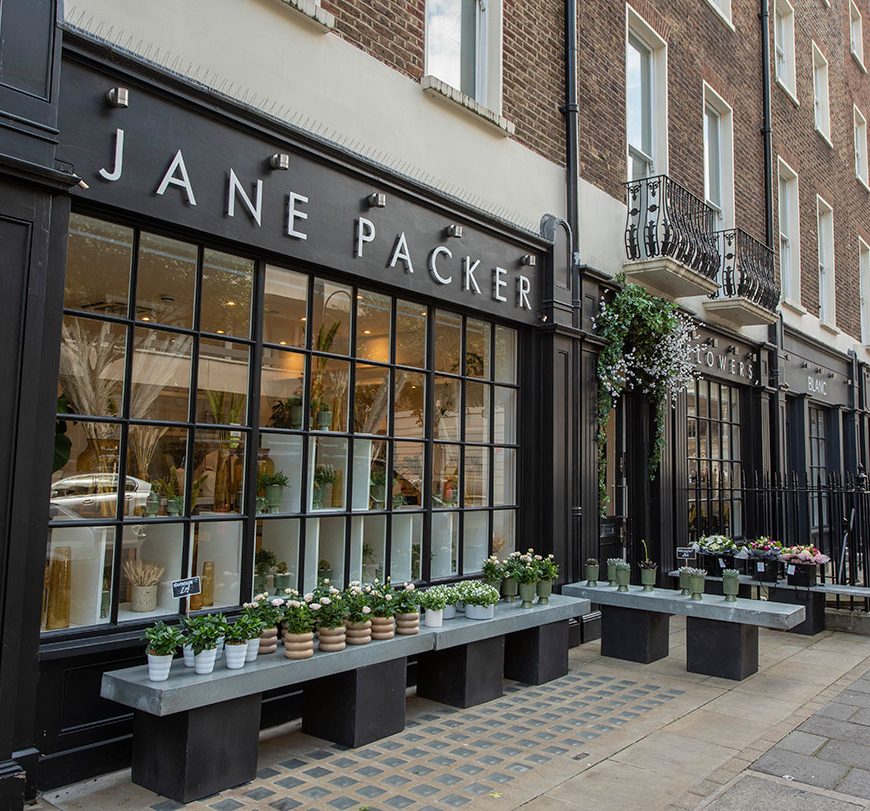
Location
When choosing plants, it is important to consider conditions of the location and ensure at least 60% of planting is nectar/pollen-producing flower species to attract pollinators such as bees.
-
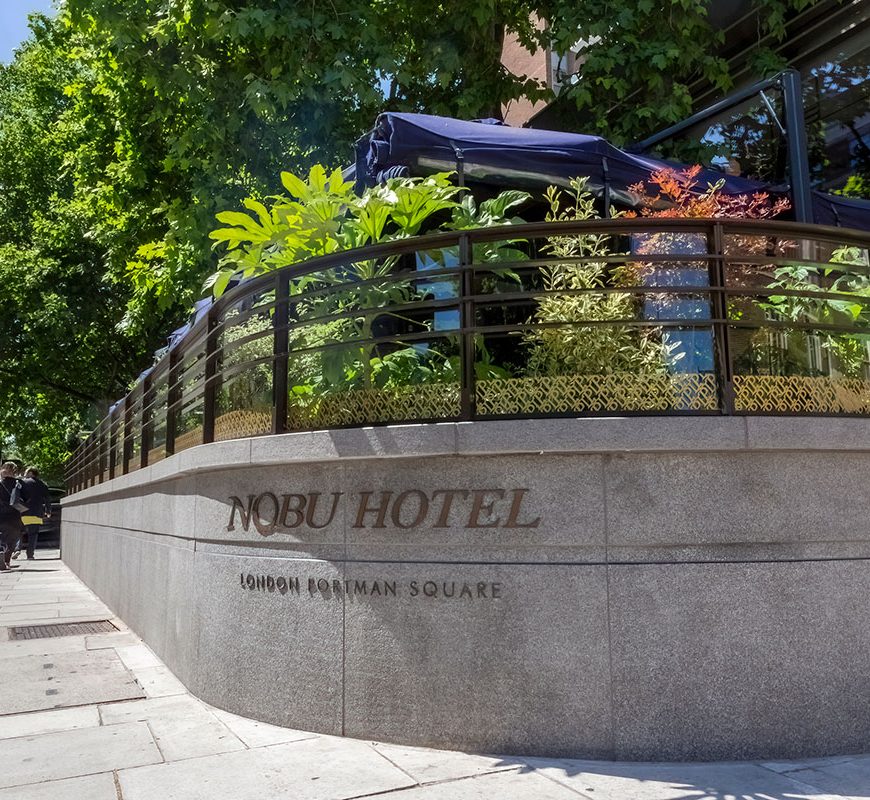
Diversity
Include a diverse range of different plant types and different plant structures from herbs and succulent species, to grasses, shrubs, and small trees. It is also important to create multi-levelled and layered habitats within buildings and streets, for example using facades and roof space.
-
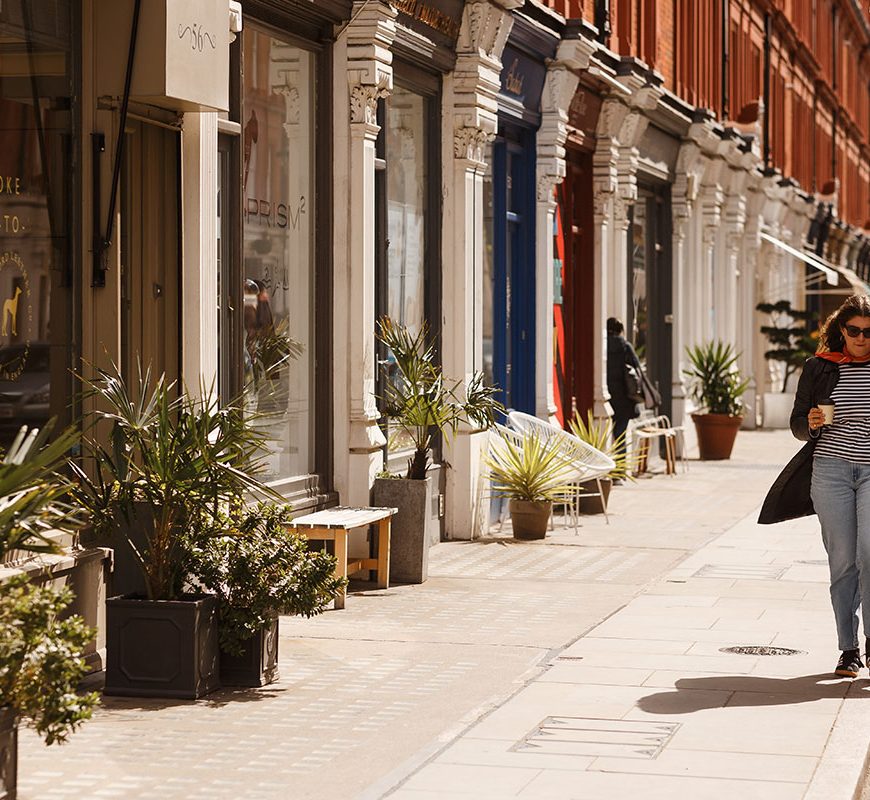
Time of Year
Insects and birds are reliant on different types of planting at different times of the year so make sure there are some plants in flower across the year. Planting climbers, fruiting trees or shrubs can provide striking seasonal variation and provide food for birds.

